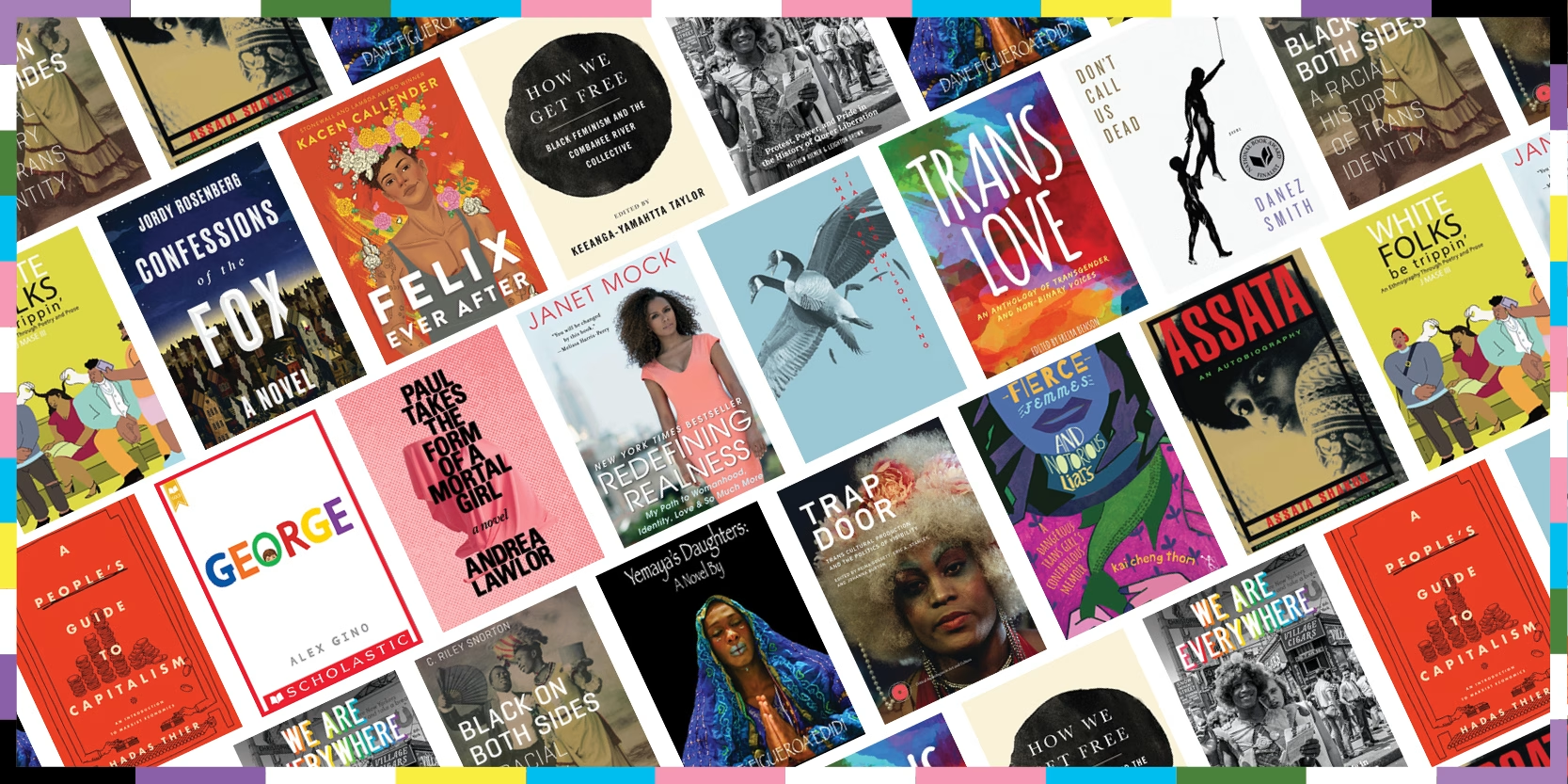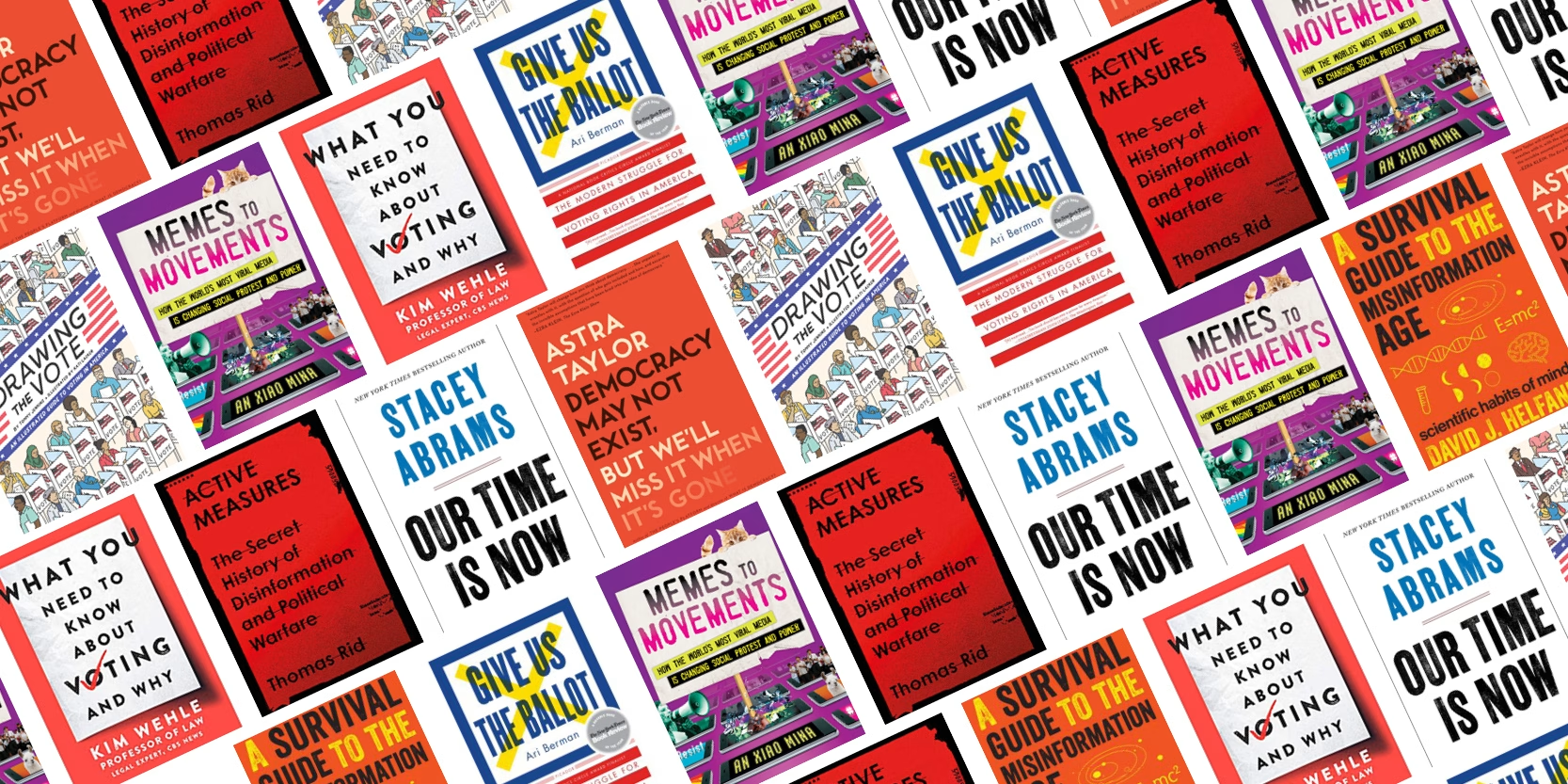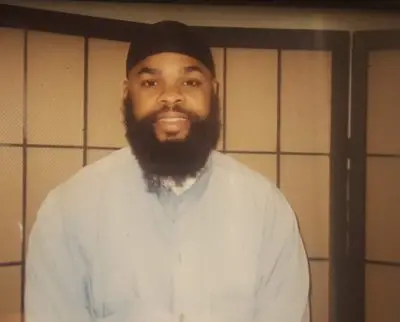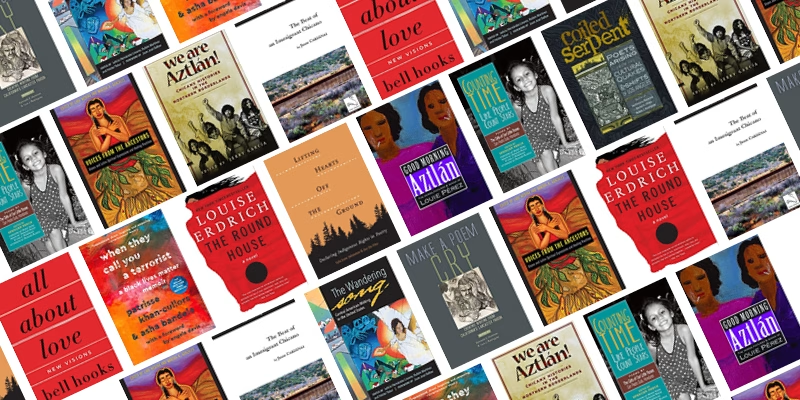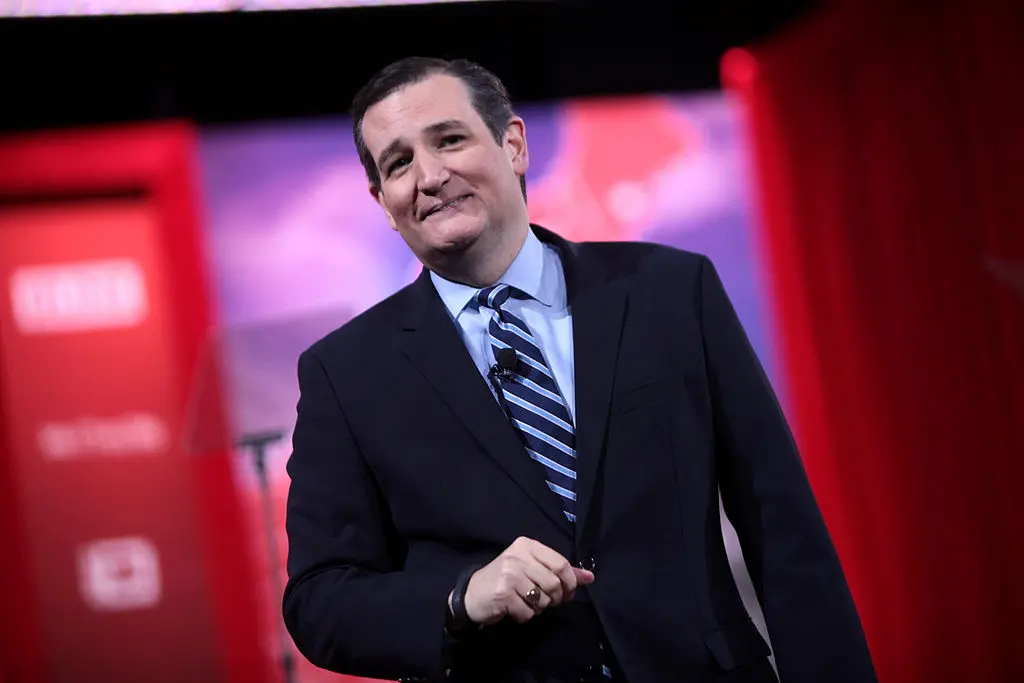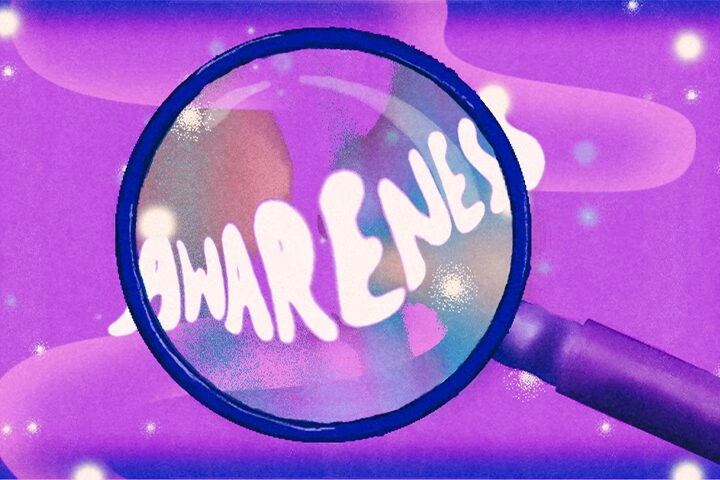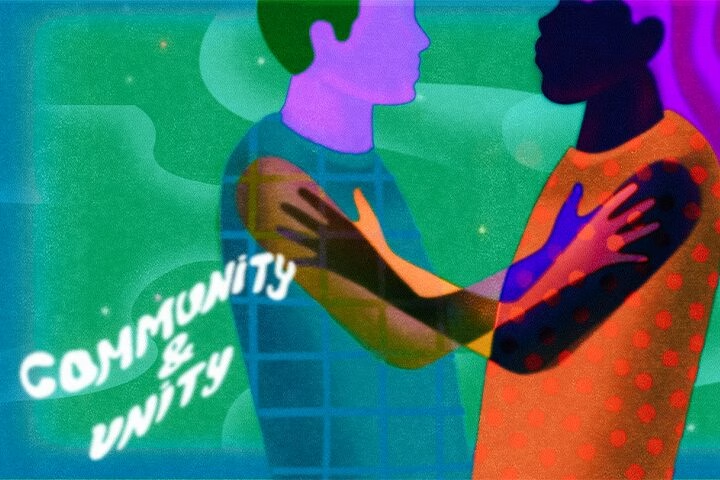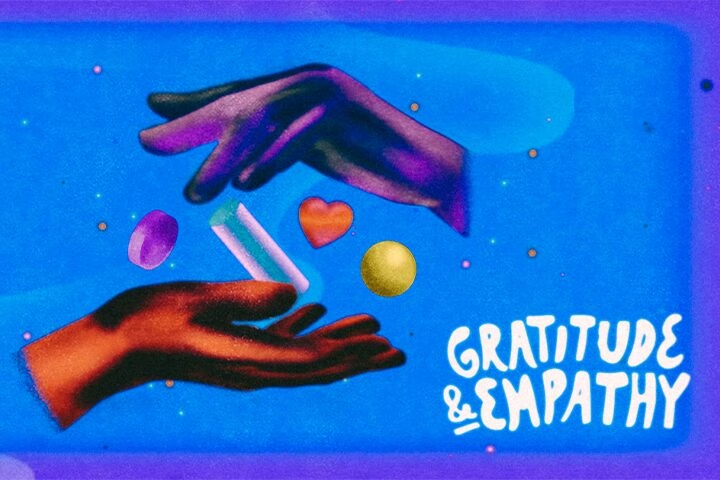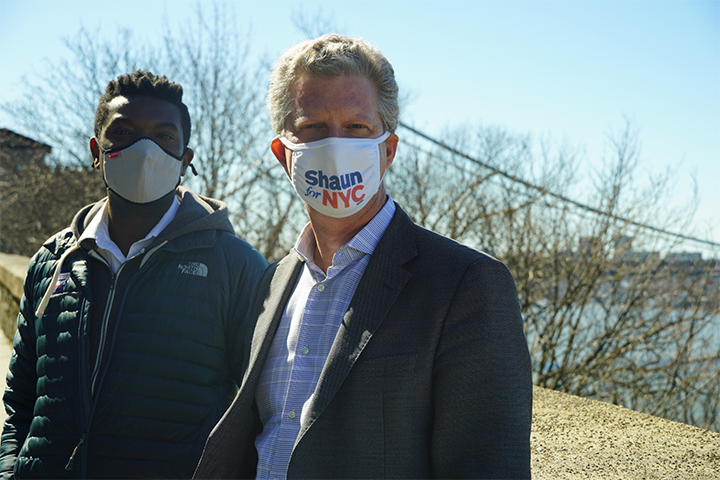
This spring, the NYC Literary Action Coalition has been meeting with mayoral candidates, asking them how they plan to support and uplift writers and the city’s storied culture of literary arts. The following is a transcript of the Coalition’s conversation with former Obama administration official and Democratic candidate for mayor Shaun Donovan. The interview has been condensed and edited for clarity.
If you are a candidate and want to chat with the Literary Action Coalition, please reach out to Alejandro Heredia at [email protected].
What role do you personally think the arts and literary arts can specifically play as part of the overall recovery effort from the COVID-19 pandemic?
So I think most of the time we talk about this in terms of New York City and New York’s place as a world city, in the ways in which arts and culture make New York City unique in the world. I want to talk about that. But I also want to just start talking about the moment that we’re in and my experience in leadership in moments of crisis like this. Unfortunately, I’ve seen too much crisis in my public service.
I was housing commissioner in the city in the wake of 9/11. I was five blocks from the World Trade Center when I watched the second plane hit the South Tower, lost classmates and friends. I was housing secretary in the midst of the worst housing crisis of our lifetimes. When [Superstorm] Sandy hit our shores and my friends and neighbors in Brooklyn lost homes and businesses, President Obama asked me to lead the recovery. And even when I became budget director, three weeks later, Ebola emerged. And I went to work trying to help us recover from a pandemic.
What I have found over and over again is that in moments of crisis, in moments of loss, one of the things that leaders must do to bring people together, to bind up the wounds of a city or a nation, is to find ways to acknowledge the pain, the loss that people have been through. And to unite people, in moments that have the opportunity for unity, but also the peril of greater division.
And so, for me, one of the things that has been most painful about this process is watching not only in the White House, but frankly, in City Hall, leadership that hasn’t done that, that hasn’t acknowledged the pain and the loss. I’ll never forget the morning that President Obama got on Marine One to fly to Charleston, SC, in the wake of the Dylann Roof shooting, and he told us all, “I think I’m gonna sing today.” To watch him sing “Amazing Grace” at the pulpit that day was one of the greatest moments for me, of the power of arts and culture to bind up our wounds. And so, I also think about towers of light after 9/11. I think about all of these moments. I think about Amanda Gorman. The power of arts to bring us together as people, to unite us in moments of pain and division. I feel like there is a moment that artists allow us to both own that pain and loss, and also to begin to reimagine what the world can look like.
President Obama used to say to us all the time, “Never let a crisis go to waste.” What I think he meant was that in these moments of pain and loss, there’s also resilience that we can see the world. We see how quickly [the world] can change, how fragile it is, but we also recognize that there is the potential to build back something that wasn’t there before. I studied architecture. I have learned, over the years, the power of artists, the necessity of artists to be involved in moments like this to help us reimagine a world that we’ve never seen before. Because that is the process of design, that is the process of making art—to imagine something that we have never seen before. And so, for me, arts and culture is central to this city, but to this moment as well in a really, really powerful way.
“I think about towers of light after 9/11. I think about all of these moments. I think about Amanda Gorman. The power of arts to bring us together as people, to unite us in moments of pain and division. I feel like there is a moment that artists allow us to both own that pain and loss, and also to begin to reimagine what the world can look like.”
I do want to say as well that it is obviously central to recovering not just our health but also our economy. Arts and culture is what makes New York New York. It is what separates us from every place in the world. And unless we can show the world that we are back as a city of arts and culture, we will never be the city that we can be or should be. We talk about that in terms of Broadway, we talk about it in terms of our museums, our plays, our readings—our cultural life that has to recover. I think, fundamentally, New York cannot recover without investing in and growing the arts and culture back.
All the waiters and waitresses who work at our restaurants and spend their hours making art when they’re not in our restaurants. But also, I think there’s a broader part to this that isn’t just about the immediate sort of rebuilding tourism and our economy. I’m a student of cities. I’ve worked on urban issues all my life. I’m the only candidate in this race who’s actually worked with mayors across the country and across the globe. And what I’ve seen over and over again is that what makes cities successful—in what is really an urban age—is that in this modern economy, talent decides where it wants to live, and companies and capital follow. It’s no longer true that a city is formed because we’re on the banks of a river, because we have iron ore. It really is about the intellectual capital that cities build and grow that makes for success in the modern economy. If you believe that as I do, then, fundamentally the question is, “What will make this the place that talent wants to be?” And that is our arts and culture in the long run.
If we’re not building a vibrant, artistic life, literary life, we will not be the world’s leading city once again, as an economy. And I think that is true, both at the city level—it’s also true at the neighborhood level. I really believe that arts are a fundamental part of how we rebuild neighborhoods. Rocco Landesman, who ran the National Endowment for the Arts, is a very close friend and a supporter of my run. We work together to create “Art Works,” the art space community development [slogan] that we created in the Obama administration, that led to a whole range of Ford Foundation investments and others in arts-based community development. And what I’ve come to understand is that, particularly in Black and Brown communities that have been left behind for too long, arts is a powerful way that we both drive community development, create institutions, and ensure that those neighborhoods can recover and rebuild in authentic way.
That’s also why it’s so important that we inject arts into our public schools, and that we are growing those investments as well. One of my closest friends here in Brooklyn started Brooklyn Ballet, and it’s been a remarkable way to grow arts and culture. I’ve been involved with many other artists, writers who’ve been involved in the public schools, and it’s a powerful way that we ought to be driving our educational system as well, to make sure that we’re developing every community.
One of the things that I’ve put forward as a central idea for my campaign is what I call the “15-minute neighborhood.” If you live in a wealthy neighborhood in New York, you know what a 15-minute neighborhood is. You have everything you need for success within 15 minutes. But in too many communities, that simply isn’t true. And I will drive planning and development in New York around this concept of 15-minute neighborhoods where every New Yorker—no matter what the color of their skin, the language they speak, who they worship—will be able to find what they need for opportunity within 15 minutes of their front door. It means a great public school, it means transportation, a good job. It means health care, mental health care, primary health care, a hospital, a park, fresh food, but it also means arts and culture. And we need to have a strategy that is driving arts and culture not as an elite institution, as our current mayor seems to think, but fundamentally understanding that it is central to who we are as human beings and that every neighborhood needs to have arts and culture injected in every day of its life.
“Arts and culture is what makes New York New York. It is what separates us from every place in the world. And unless we can show the world that we are back as a city of arts and culture, we will never be the city that we can be or should be. . . I think, fundamentally, New York cannot recover without investing in and growing the arts and culture back.”
If you’re elected mayor, what steps would you take to support writers and literary organizations in New York City?
I want to say this isn’t just theory to me. It’s not like I’m just out on this rhetoric for the campaign. But it’s reality. And I’ve been working over the past year through this pandemic to try to make sure that we are doing exactly that. We can’t have arts in New York City without artists. And it’s tough to get by as an artist, especially in a city that’s as expensive as New York. What we need to be doing, what the mayor needs to be doing, what we as a country need to be doing is finding ways both to support artists themselves and also the institutions that make art and artists possible in the city. On the people side, one of the things that I’ve spent a lot of time working on is making sure that we have a safety net in this country that supports nontraditional forms of work, including freelancers, artists. We’ve seen that very directly through this pandemic, that our unemployment system is not structured to support artists in a way that it needs to be.
I’m unique in this race, because not only do I have very close relationships with President Biden and Vice President Harris—both of whom I’ve worked with side side by side and would call them friends—but a huge range of folks that are going into the administration. Almost all the leadership in the cabinet are folks I know as colleagues and friends, and in Congress as well. And over the last year, I’ve literally been on the phone helping create the recovery packages that include freelancers. In December, I was on the phone with half of the gang of eight senators making sure that the COVID relief package that passed in December would help freelancers, would make sure that folks were covered, also made sure that on an institutional basis that we changed PPP [the Paycheck Protection Program] so that nonprofit institutions in New York, so many of arts and culture institutions, could actually get those benefits. It’s been way too hard for not just individuals, but our institutions, to get those benefits.
So there’s a short-term question about this. There’s also a much longer-term question about how we continue to restructure our safety net, the way that we support people in New York so that arts and artists can be part of that. A couple of examples: We talk a lot about the Affordable Care Act as expanding coverage, but fundamentally the idea of disconnecting health care from your employer and making sure that even if you don’t work for a traditional organization, even if you work for no one—as all my friends who are writers remind me all the time—you can still get health care. And one of the things that I would do is create a New York City public option so that the benefits of the Affordable Care Act can spread to all New Yorkers. Half of the 600,000 uninsured are undocumented immigrants. We need to be expanding health care there. But we also need to be making sure that there’s a real safety net in health care and other benefits for artists and others.
It is also fundamentally important for the leader of this city to make arts, literary arts, performing arts a central part of their own life and the life of the city. I would go to the theater. I would be reading. I would be sponsoring poetry and other things around the city. I will never forget the power of the Obamas and the example that they sat in nurturing young artists and writers. I’ll never forget spending time with Ta-Nehisi Coates in the White House when he came for the seventh interview that he did with President Obama. I’ll never forget taking my young son—who’s a musician—to the celebration of African American music, the very last concert that was held at the White House in the Obama administration. I don’t even want to call it symbolic because I think it is much more than symbolic. It is real. And it’s powerful to have a mayor who loves the arts, who New Yorkers know loves the arts, and makes it part of their everyday life as the leader of this city.
“I grew up in this city when homelessness was exploding on our streets and started asking myself, ‘How can it be in the wealthiest city, in the wealthiest country on earth, that we let New Yorkers sleep on our streets?’ I saw the South Bronx burn. . . And the voice of [Ralph] Ellison, the persistent questions about who is invisible in our society, who we see and who we do not see, who has voice, who has power, was profound for me as I became more and more engaged in homelessness.”
Who is your favorite New York City writer? And tell us about some of your favorite literary events or readings that you’ve attended in New York City.
I often like to say one of the reasons why I think I should be mayor is: I’m a public servant, not a politician. And if I were a politician, I would have to say Ayad Akhtar, because he’s a good friend and because he’s the new president of PEN America, but I’m not going to do that. I’m not going to pander in that way to all of you, even though Homeland Elegies is right over there on the bookshelf. Just to be totally transparent, my best friend who I talked about earlier, John Schwartz—who runs the Sun Valley Writers’ Conference—which I’ve gone to the last few years until it was canceled this year, that’s how I met Ayad and we became friends through that, and I’m a huge admirer of his work.
But to be frank, I want to answer this question in terms of the impact on my life, and I would have to say Ralph Ellison. I, as so many of us, did read Invisible Man as a student. One of the most influential people in my life is Robert Coles, who wrote Children of Crisis, won a Pulitzer for it, wrote The Moral Life of Children and The Spiritual Life of Children, but he has also written extensively about writers: Flannery O’Connor and so many others. I think I once heard he’d written more books than years he’d been alive—Robert Coles—which is quite an achievement, but he was a teacher of mine in college, and then I taught for him in graduate school. I became profoundly interested in Ellison through him but also through others in the civil rights movement, and also, I was profoundly affected as a child growing up by homelessness—and that’s how I first started working in housing.
I grew up in this city when homelessness was exploding on our streets and started asking myself, “How can it be in the wealthiest city, in the wealthiest country on earth, that we let New Yorkers sleep on our streets?” I saw the South Bronx burn and—through this friend John Schwartz the writer—I started volunteering at a homeless shelter. I went to work for the National Coalition for the Homeless. When I came back to New York after graduate school, I went to work for a nonprofit in the South Bronx, rebuilding those same neighborhoods I’d seen burning as a kid. And the voice of Ellison, the persistent questions about who is invisible in our society, who we see and who we do not see, who has voice, who has power, was profound for me as I became more and more engaged in homelessness.
I met John Lewis, who’s over my right shoulder, my patron saint there, who I met 30 years ago this year as a student when I retraced the route of the Freedom Riders. All of those profound influences in my life when I read Invisible Man and taught Invisible Man as a teaching assistant for Robert Coles. Those stories and so many others began to really bring my own passion and my own commitment as a public servant to life. Coles used to say that we only understand ourselves through telling our own stories.
I’ll never forget one day walking through Harvard Square as a student when I was reading Invisible Man. As we do so often in modern life, we’re looking at our phone or distracted, and I pulled up and stopped myself and couldn’t quite figure out why I had stopped. And then I look back and I just passed an elderly African American homeless man who was holding a picture of himself 30 years before as a soldier. I thought to myself, “Here’s my invisible man.” He is only able to get people to see him by holding a picture of himself in uniform in service to this country, because otherwise we would not see him. That is who I have tried to work on behalf of these last 30 years—those who are invisible in our society. And so, that’s why it’s my favorite book by a New Yorker.
Visit Shaun for NYC (shaunfornyc.com) to learn more about Donovan’s campaign.


